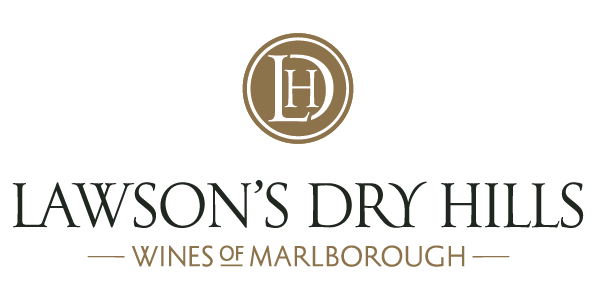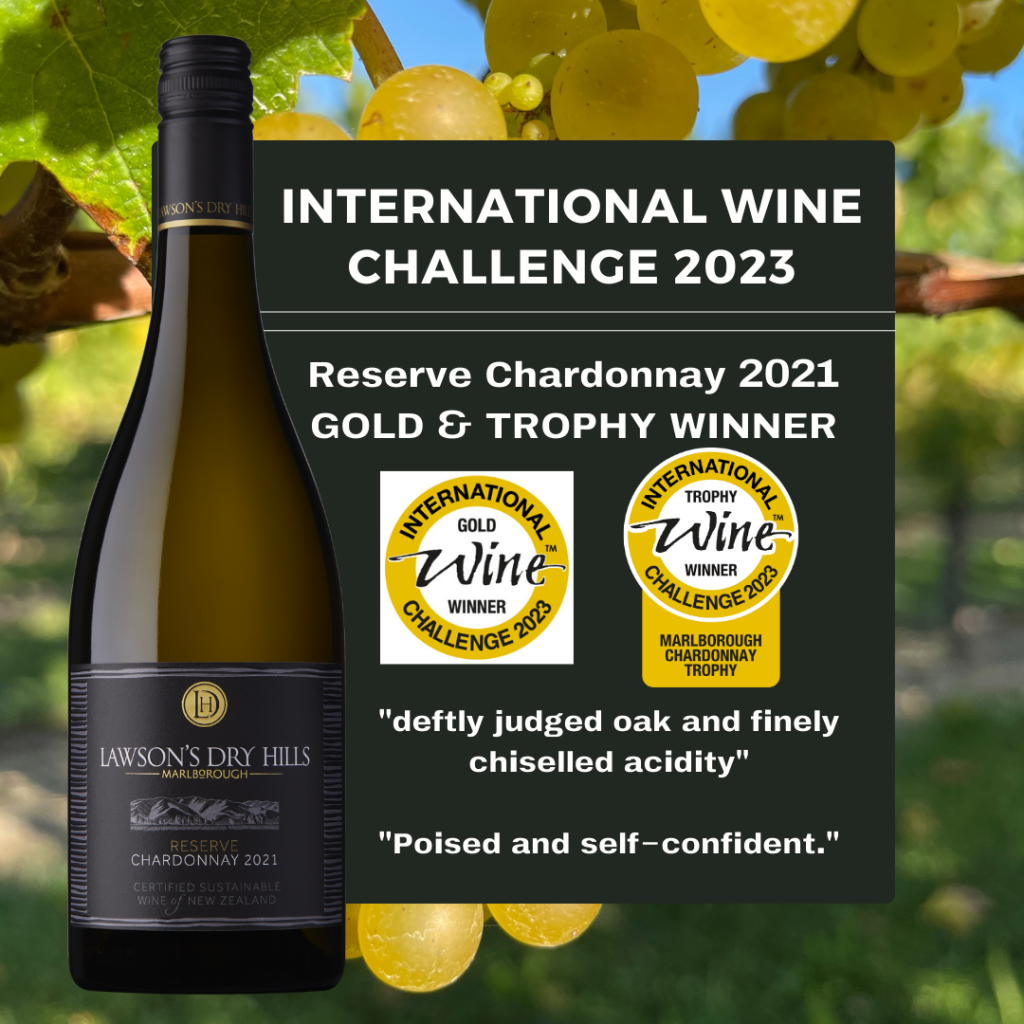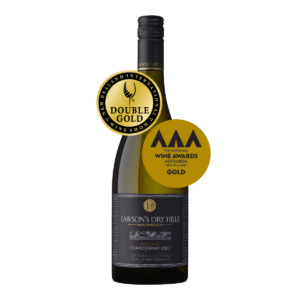Keeping informed about the world of wine used to be simple. Glossy magazines and daily newspapers provided fertile soil for New Zealand writers like Bob Campbell MW, Vic Williams and Geoff Kelly to flourish and share their views. They were our palate’s alter ego; our ears to the ground in a pioneering industry eager to grow and develop its identity. It was a time when receiving the latest news, a matter of weeks or even months later, was deemed timely enough. After all, in this industry speed was never the driving force and time, it seemed, could only make a good thing better.
Oh how things have changed.
Wine scribes have had to embrace the new digital media, keeping wine lovers informed at the click of a mouse barely seconds after the finishing touches have been applied to articles, posts, blogs and tweets. And it’s just as well as wine columns in the daily papers, globally, have been disappearing as the big media companies look to cut corners to try to cope with their shrinking patronage.
While search engines have made seeking out the latest news easier, the plethora of information on offer has made it harder to be selective. Where do you start? Well, many of the writers and critics who made their names in print have been just as successful online, so they make a good starting point. Internationally, Jancis Robinson’s columns still grace the pages of the UK’s Decanter magazine but she also has her own website and e-newsletter. Decanter’s online newsletter offers snippetsof their tastingsfor free, or you can pull the cork on a Premium Subscription to read the full reviews for £75 a year (around $NZ145).
From the US, subscribe to the Wine Spectator newsletter at www.winespectator.com and while Robert Parker’s ‘Wine Advocate’ is still available in print, it is more accessible at www.robertparker.com.
Closer to home, Australia’s Winestate Magazine can still be found on newsstands and also read as a digital edition at winestate.com.au. Gourmet Traveller Wine, which harnesses around 30 leading wine writers including an impressive seven Masters of Wine, is available as a bi-monthly digital edition. Or for those who tire of reading on their tablet or PC, it too can still be found at newsstands. Also making the transition from print to digital, Bob Campbell MW, together with writer Huon Hooke, have a successful online newsletter ‘The Real Review’ at www.therealreview.com. And then there’s Yvonne, Joelle, Michael and co locally. Need more inspiration? Simply google ‘wine news’ and watch the flood gates open!
Onlinepublishingarguably gives wine writers more opportunity to engage with their readers leading to a more ‘personal’ relationship. It’s therefore important that messages and comments are replied to in good time – there is now an expectancy to receive a response within 24 hours at the most – something that the ‘old school’ writers have had to get used to. And their opinions travel fast via the viral nature of social media, where hashtags and online communities reach readers unrestricted by industry, time zone or geography.
In today’s world, wine news like many other things, also comes via a cellar full of apps allowing you to download buying guides like Vivino, Wine Searcher and more.
Yet with the rise of digital media one wonders if some of the mystique has been filtered away. This revolution is rather like that which occurred when screw caps began replacing corks. The once familiar ‘pop’ now mostly echoes in the corridors of time, replaced with the ‘click of quality’ (according to the pioneers of the Screwcap Initiative back in 2001). So too, digital writing has re-written the rules of traditional print media.
Whilst we are obviously a wine producer rather than a wine writer, we do make an appearance on social media with Facebook, Twitter and Instagram under our Lawson’s Dry Hills brand. Like bringing the media closer to readers, these social platforms bring brands like ours closer to our customers and that’s a really good thing. When someone writes about us and tags us, we get to see that review and can reply or thank people straight away. We can re-post it, ‘share’ it, ‘like’ it – it’s all great brand exposure and word-of-mouth is the strongest form of advertising!
The internet is not going anywhere, so the instantaneous nature of news, thoughts, reviews, comments and opinions can reach thousands, if not millions with just a few clicks. This is now the way of the world and the demand for expediency will only grow as people continue to want to satiate their appetites for instant information.





